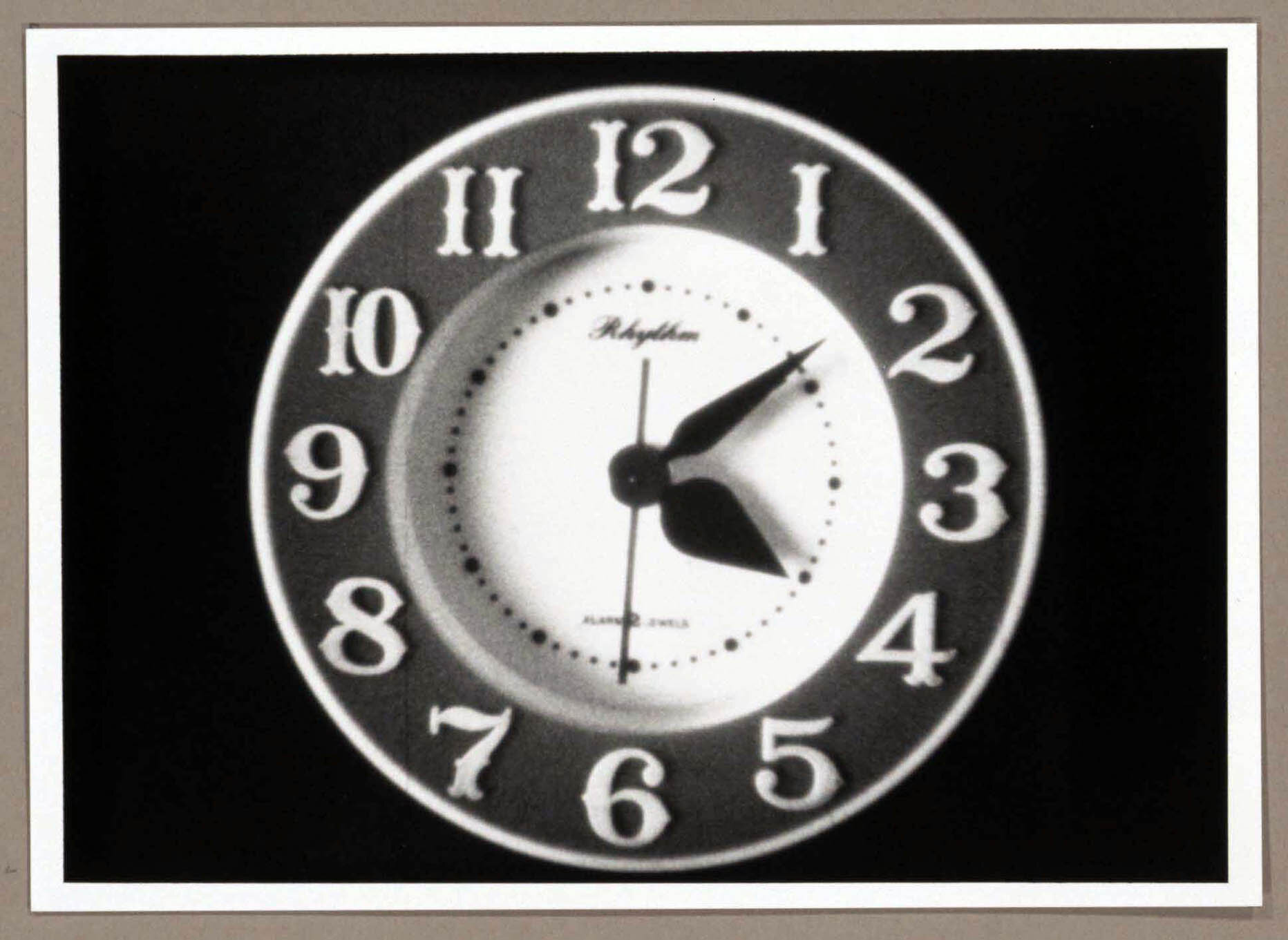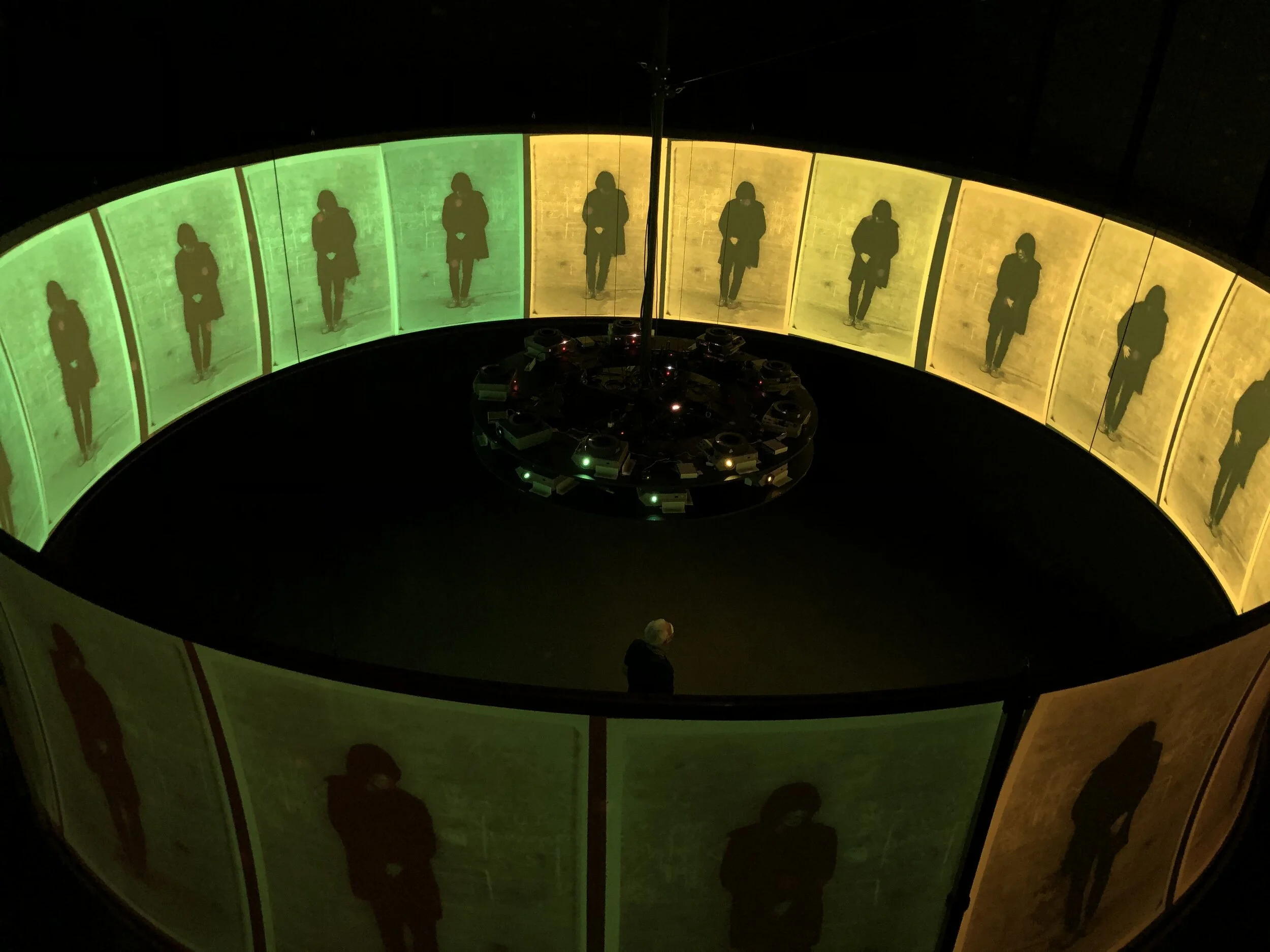
Shuzo Azuchi Gulliver
Shuzo Azuchi Gulliver
Shuzo Azuchi Gulliver (b. 1947, Shiga) is an artist with a multidisciplinary practice. As a high school student, he formed the artist collectives The Play and Remandaran and staged on-street performances of a conceptual nature in Kyoto and Osaka. Living between Tokyo and the Kansai region in the late-1960s, he began to attract the attention of the media and was considered to be a representative figure of the hippie (fūten) phenomenon, going by the nickname Gulliver, which he continues to keep as his artist name. In 1967, he presented a series of conceptually driven films at the discotheque L.S.D in Tokyo. Together with Rikuro Miyai, he began presenting film in Tokyo jazz clubs, such as Pit Inn and Noa Noa as well as at events organised by the Art Film Association in Kyoto and Osaka. As a participant of the Intermedia Art Festival at the discotheque Killer Joe’s, Tokyo, in 1969, Gulliver presented Cinematic Illumination (1968-69), a work involving eighteen slide projectors that illuminated the unique 360-degree environment. The outdoor performance Flying Focus (1969) involved a tubular balloon into which Gulliver projected coloured patterns using an overhead projector. Since, he has continued to remain active as an artist working in the fields of sculpture, performance and new media with an interest in the body, scale and humour. He has exhibited his work recently at Tate Modern and Tokyo Photographic Art Museum.
シュウゾウ・アヅチ・ガリバー(Shuzo Azuchi Gulliver、1947年生、滋賀県出身)、複数の表現領域で活動するアーティスト。高校時代、アーティスト集団The Play、れまんだらんを結成、京都と大阪でコンセプチュアルな路上パフォーマンスを上演する。 1960年代後半、東京と関西を往復して暮らすなか、メディアの注目を集め、ヒッピー(フーテン)現象の代表的な人物となる。アーティスト名として今でも使われている"ガリバー"はその当時のあだ名。 1967年、東京のディスコ「L.S.D」にてコンセプチュアルなフィルム作品を発表する。宮井陸郎と共に、「ピットイン」や「ノアノア」といった東京のジャズクラブや、京都と大阪での「映像芸術の会」が主催するイベントにてフィルム作品を発表。1969年には東京のディスコ「キラー・ジョーズ」(Killer Joe's)でのインターメディア・アート・フェスティバルに参加、18台のスライドプロジェクターが独自の360度スクリーンに映像を投映する作品「Cinematic Illumination」(1968-69)を発表。また、野外パフォーマンス「Flying Focus」(1969)では、オーバーヘッドプロジェクターを使用し、管状の風船に色彩模様を投映した。以来、「身体」、「スケール」、「ユーモア」への関心を持ちながらアーティストとして彫刻、パフォーマンス、ニューメディアの領域で活動を続ける。近年、テートモダン、東京写真美術館にてパフォーマンス、展覧会を開催。
Bio written by Julian Ross; Translated by YS
List of Works
Switch|1966-67, 20 min, 16mm, silent, b&w
In this performance work, a light switch is shown for an extended period in the film. When a finger appears in the frame to turn on the switch, the lights go up in the theater.
Watch|1966-67, 20 min, 16mm, silent, b&w
This 17-minute film showing a clock ticking from 4:08 in one shot with a fixed camera, is meant to be presented precisely at 4:08, marking the actual time for 17 minutes.
Box|1966-67, 6 min (film portion), 16mm, silent, b&w
In the screen shows a woman and a man in front of a white box. After a while another man comes in and takes away the box. At that point the projection is stopped and the lights in the space are lit. A performer appears from the side of the screen, holding the same size box as the one in the film. The performer walks around the space holding the box, hands it to the audience, etc., and disappears behind the screen. The lights of the space turn off, the film projection continues, with the same box and the man and woman appearing again. In this performance, the awareness of the screening space is articulated by exposing the boundaries between inside and outside of the screen, and between actor and audience.
Screen|1967, unspecified duration, 3x 35mm slides, silent, b&w
In this performance piece, three 35mm slides are manually projected 14 times in sequence. The first projection and slide reads "round screen be lighted fourteen times," second through eigth projections show the same slide which is a blank circle, then the ninth slide reads “ninth screen be lighted," moving on to tenth through fourteenth projections of the same blank circule.
Film|1968, 9 min, 16mm, silent, b&w
In this work, the number of the frames (“6,481 frame to 6,720 frame,” etc.) appears every ten seconds (240 frames), serving to count the number of frames. (Reference: "Shuzo Azuchi Gulliver Ex-Sign" exhibition catalog, the Museum of Modern Art, Shiga, 2010)
Camera|1968, 20 min (each of three films), 16mm, silent, b&w
Watch #2|1968, 12 hours (endless), 16mm, silent, b&w
Screen #2|1968, 60 min, 12x 35mm slides, silent, b&w
This film was made for "Shikine Underground Kinema Festival" at Shikine Island, Tokyo. (Requires the installation of a special marine screen near a beach.)
Sea|1968, 20 min, 16mm, silent, b&w
This film was made for "Shikine Underground Kinema Festival" at Shikine Island, Tokyo. (Requires the installation of a special marine screen near a beach.)
Marriage/ Lens Changing|1968, 20 min, 16mm, silent, b&w
Shows a sex scene with a man and a woman. As the lens is swapped, the section that is shown shifts. The close-up lens focuses on the groin area, mid-size lens around the stomach, and the furthest shows the body below the face. Rather than a document of sex, the piece is a experiment on the difference of lenses.
Cinematic Illumination|1968-69, 1458x slides (half 35mm), b&w and color
Produced for the 1969 Intermedia Arts Festival in Tokyo, the piece is comprised of 1,458 slides placed in 18 slide projectors projecting out to a 360-degree environment of the discotheque Killer Joe's.
Stretch|1968-69, unspecified duration, endless role films for over-head projector, color
Colors|1968, unspecified duration, 16mm, b&w and color
Requires three film projectors
Colors #2|1968, 20 min, 16mm, silent, color
Requires three film projectors
Rainbow|1968, unspecified duration, 7x 16mm, silent, color
Requires seven film projectors
RELATED
As part of the Japanese Expanded Cinema research thread, CCJ partners Go Hirasawa and Hiroko Tasaka interviewed artist Shuzo Azuchi Gulliver in 2017. Hiroko Tasaka organized the exhibition Japanese Expanded Cinema Revisited at Tokyo Photographic Art Museum in 2017, which included Gulliver’s Cinematic Illumination (1968-1969). Go Hirasawa was a major contributor to the exhibition.










